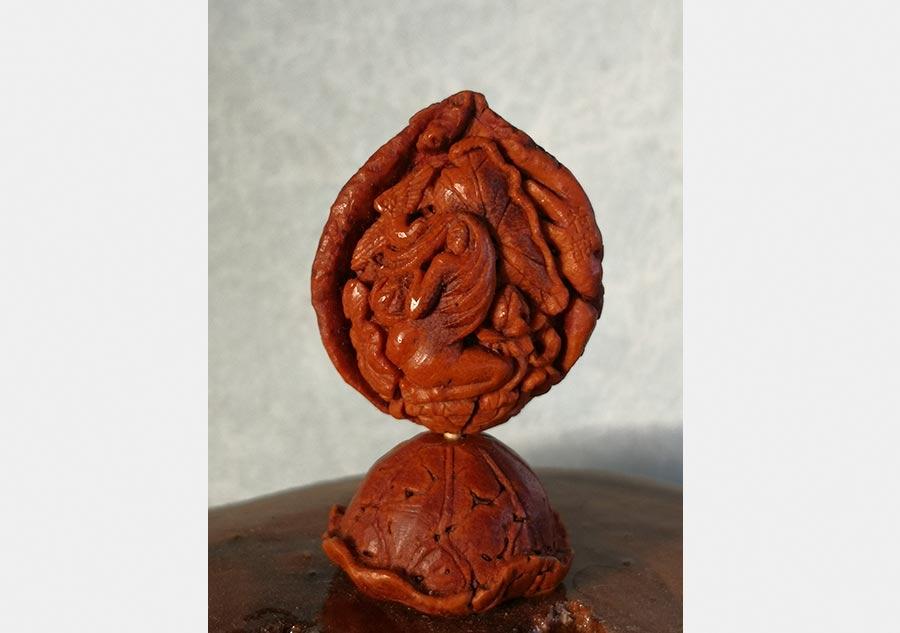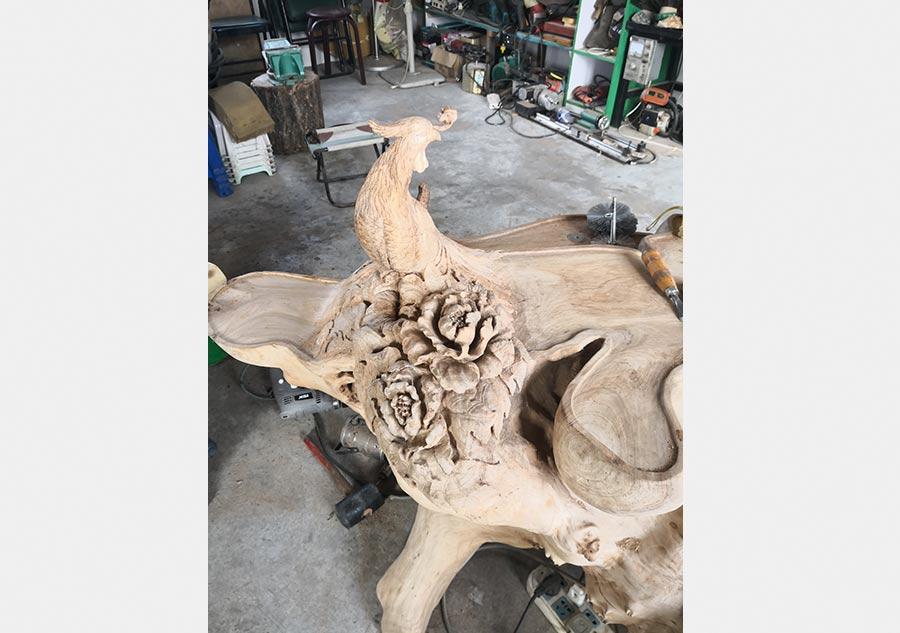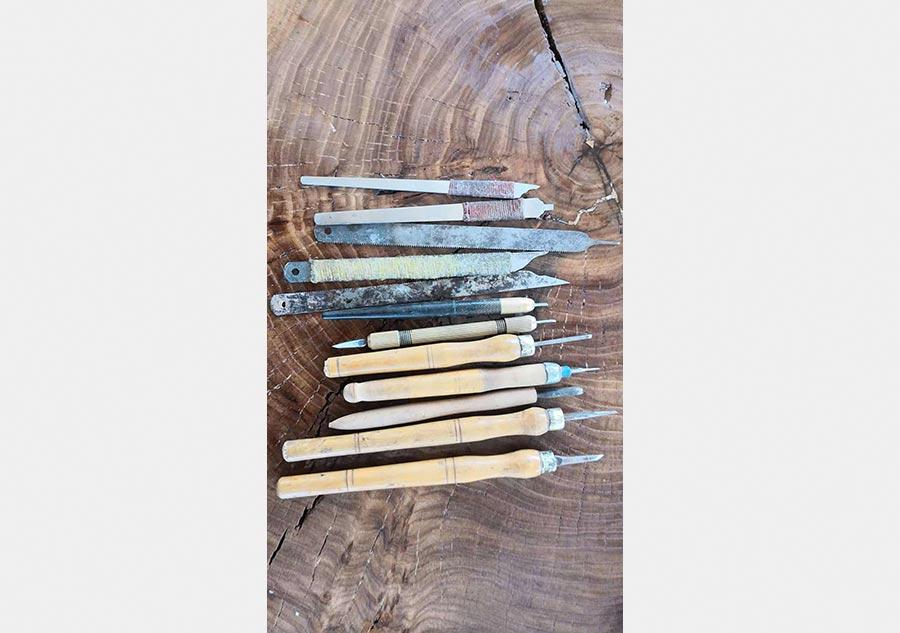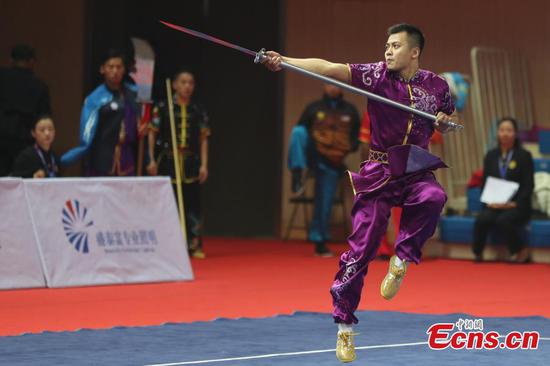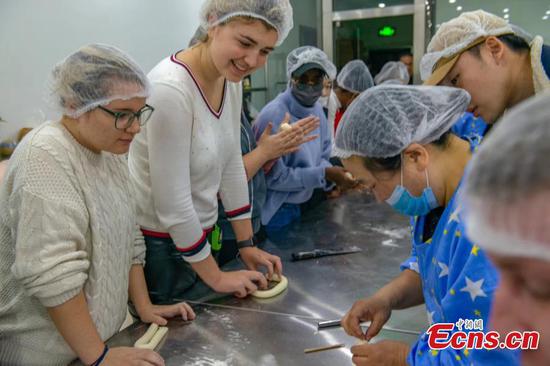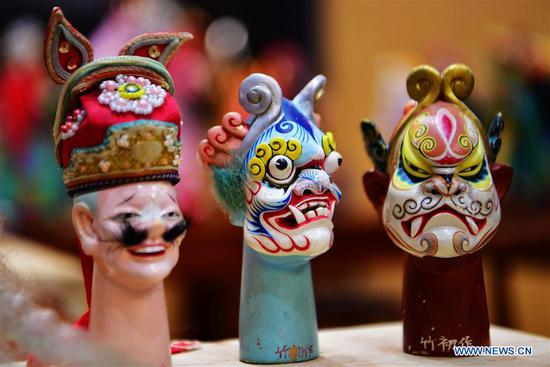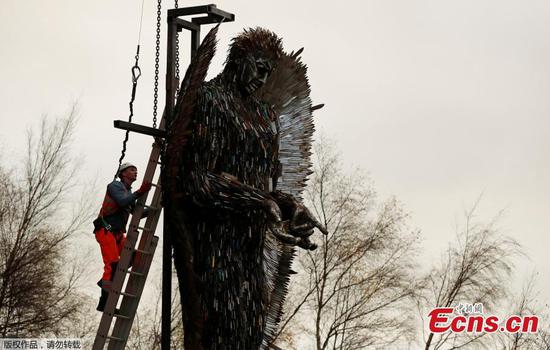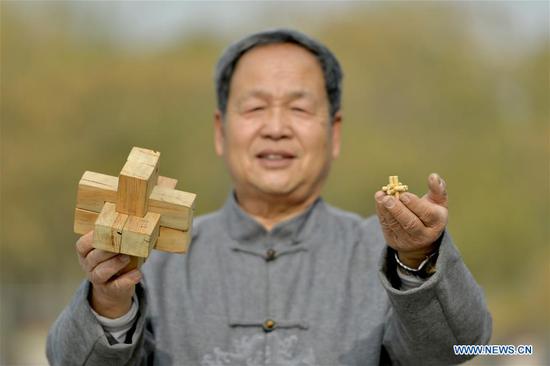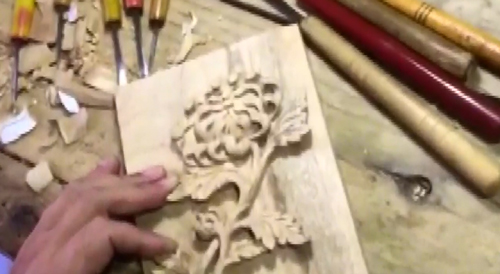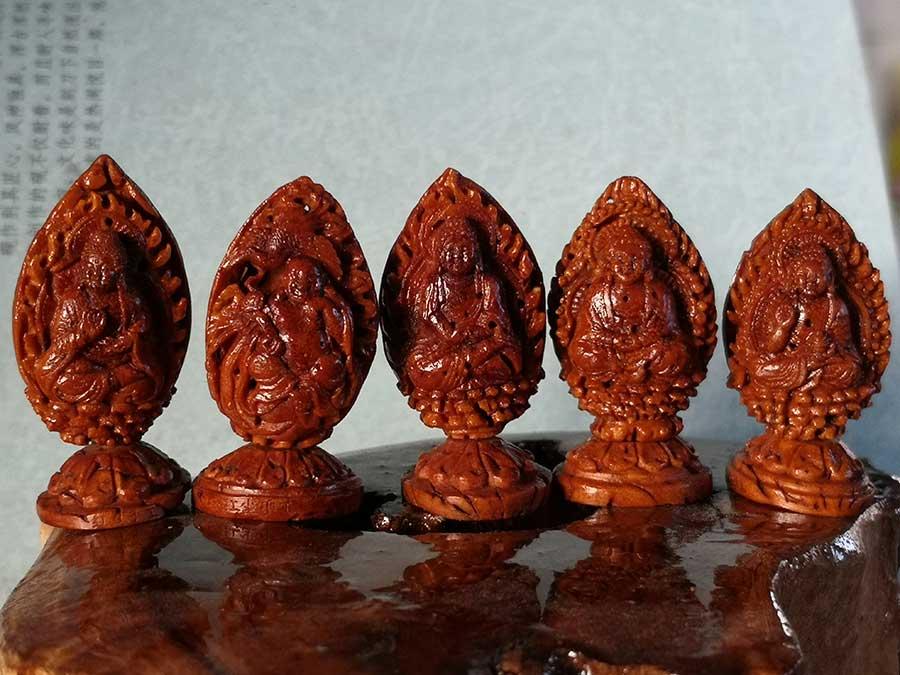
Peach pit carvings by Li Chen, a 53-year-old artist in Anshan village of Tumen city, Northeast China's Jilin Province. (Photo provided to chinadaily.com.cn)
In the past 30 years, Li Chen from a village in Northeast China's Jilin province has spent most of his time carving peach pits.
The man, 53, has been living in Anshan village of Tumen city and showed great interest in painting in his childhood.
However, he became a carpenter at 18 to earn bread for his family, seeking job opportunities in the Ningxia Hui autonomous region and Inner Mongolia autonomous region.
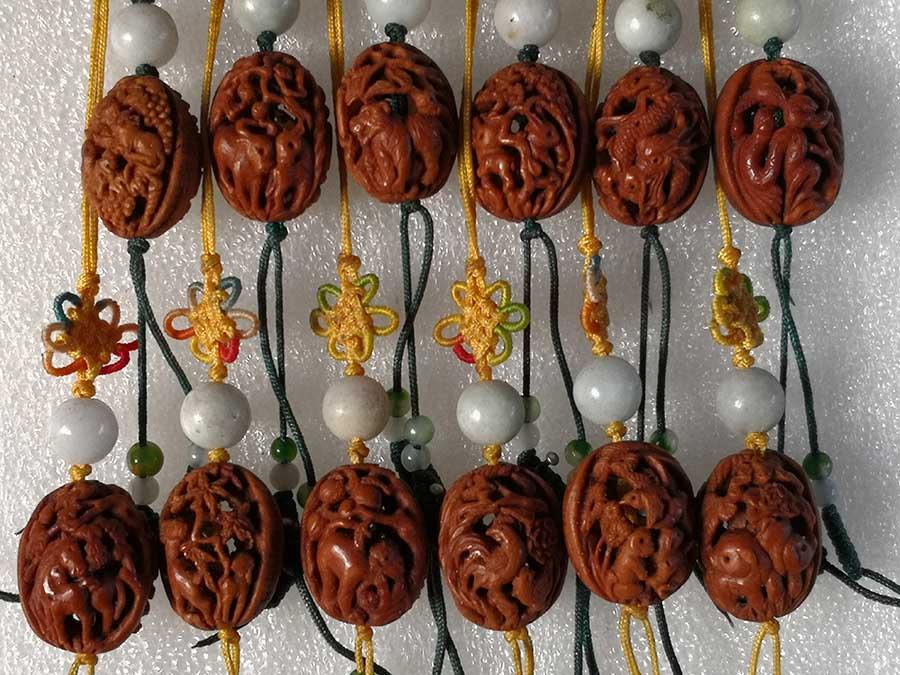
Peach pit carvings by Li Chen, a 53-year-old artist in Anshan village of Tumen city, Northeast China's Jilin Province. (Photo provided to chinadaily.com.cn)
Once he picked up a peach pit and carved it into a cute rabbit, sparking his interest in the art form.
Since then, he has created lots of peach pit carvings in his spare time, winning several national awards.
Pit carving, or hediao in Chinese, has a long history. It has received newfound popularity since around 2008, when the old technique was put onto the National Intangible Cultural Heritage List.
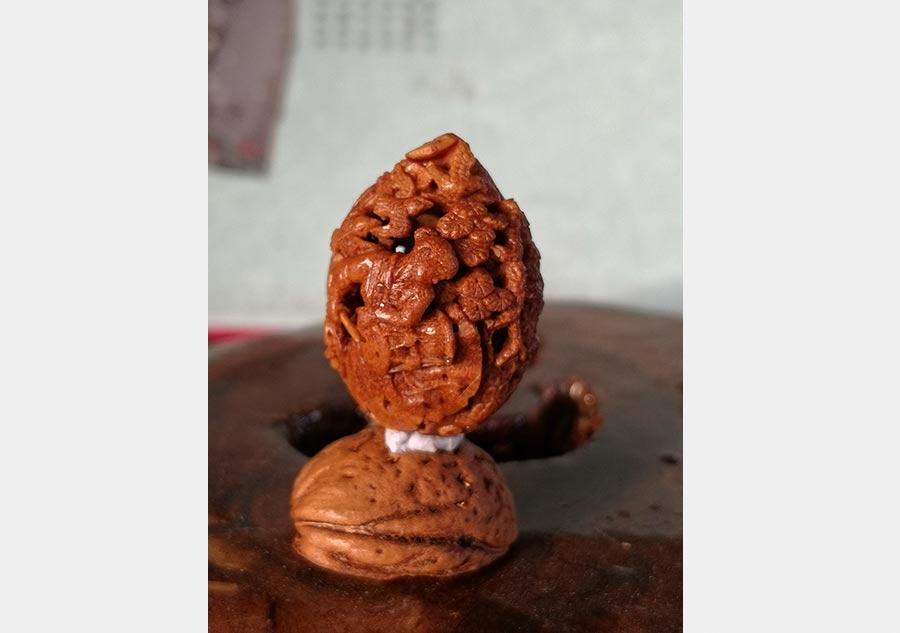
A peach pit carvings by Li Chen. (Photo provided to chinadaily.com.cn)
In 2016, Li became a provincial-level inheritor of the intangible cultural heritage and founded a micro-carving base in the village. His creations also include root carving, wood carving, jade carving and stone carving.
An increasing number of local villagers have been learning from Li, starting their own handicraft businesses.
"All the courses are free for them," he said. "I hope the skills can be passed on and help the village get wealthier."








